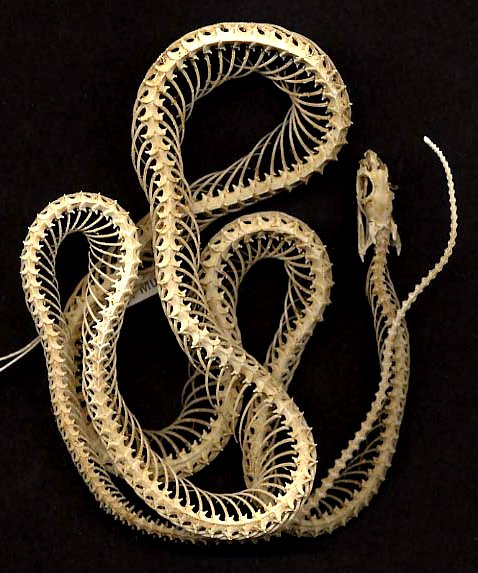Introduction
When it involves venomous snakes, Australia is home to several of the most fascinating and hazardous varieties worldwide. Amongst these, the Tiger Snake stands out not only for its powerful venom yet also for its interesting habits. Understanding the behavior of poisonous serpents like the Tiger Serpent is important for both wild animals enthusiasts and those living in areas where these serpents are present. This article looks into various elements of Tiger Snake actions, environment, recognition, safety measures, and emergency treatment methods in situation of a snake bite.
Understanding the Behavior of Venomous Snakes Like the Tiger Snake
The Tiger Snake, scientifically known as Notechis scutatus, is infamous for its aggressive nature when endangered. These snakes show a range of habits that can be quite various from Nocturnal snakes Australia their non-venomous counterparts.
Characteristics of Tiger Snakes
The Tiger Serpent is conveniently recognizable because of its unique bands or red stripes that resemble a tiger's markings. They can differ in color from yellowish-brown to dark olive or black. This pigmentation offers not only as camouflage however likewise as a caution signal to possible predators.
Adaptability to Environment
One impressive aspect of their habits is their adaptability to numerous atmospheres. Located mainly in coastal regions, marshes, and marshes throughout Australia and Tasmania, they can prosper in varied habitats including urban locations.
Hunting Techniques
Tiger Serpents are ambush predators largely eating fish, frogs, and small animals. They have eager vision and a severe sense of scent which helps them in finding victim effectively.
Venom Composition
Their poison has neurotoxins that affect the nervous system, bring about paralysis or death in smaller animals. For human beings, prompt medical interest is crucial after a tiger snake bite as a result of its possibly dangerous effects.
Natural Environment of Tiger Snakes
Preferred Locations
Understanding where these serpents stay clarify their behavioral patterns. The tiger snake habitat consists of:
- Coastal regions Swamps Grasslands Urban areas with abundant water sources
Seasonal Movements
During warmer months, Tiger Snakes are a lot more active as they bask in sunlight or hunt for food. In contrast, colder months see them pulling back right into hibernation sites.
Are Tiger Snakes Venomous?
Yes! The question "are tiger serpents poisonous?" typically occurs among those unfamiliar with this varieties. Their venom is considered among the most dangerous amongst all snake species worldwide.
Symptoms of a Tiger Snake Bite
If bitten by a tiger snake, signs might include:
- Localized pain Swelling at the bite site Nausea and vomiting Sweating and confusion
Immediate clinical help is vital as unattended bites can cause severe wellness problems or even death.
First Help for Serpent Bites: Quick Reaction Guide
Knowing just how to administer first aid for a serpent bite could save someone's life. Below's what you need to do:
Step 1: Continue to be Calm
Keeping calm aids decrease heart rate which decreases venom spread.
Step 2: Immobilize the Influenced Area
Keep the impacted arm or leg still and listed below heart level if possible.
Step 3: Call Emergency Situation Services
Always look for expert medical assistance quickly after a snake bite.
First Help for Serpent Bite Kit Essentials
A well-equipped snake bite first aid kit must include:

- A compression bandage Antiseptic wipes A set of scissors A cold pack
Safety Precautions: Stopping Snake Bites in Australia
Awareness Programs
Educating communities regarding local serpent types and their actions can substantially lower encounters leading to bites.
Avoiding Dangerous Areas
Staying far from long lawn during warmer months reduces contact with serpents that might be resting or hunting.

Common False impressions Concerning Tiger Snakes
Many individuals believe misconceptions concerning the actions of tiger serpents cause unneeded anxiety. Below are some explanations:
Myth 1: All Tigers Are Aggressive
Not all tiger serpents will certainly show hostility if left uninterrupted; many prefer running away instead of confrontation.
Myth 2: They Chase Humans
Tiger serpents do not proactively chase after human beings; they may strike when they really feel threatened yet will typically pull away if given space.
Conservation Initiatives Connected to Venomous Snakes
Conservation efforts snake bite and first aid concentrate on enlightening communities regarding protecting neighborhood wild animals while lessening human-snake interactions.
Importance of Ecosystems
Understanding that venomous snakes play an essential function in preserving environmental equilibrium helps foster appreciation as opposed to worry towards them.
FAQs Regarding Tiger Snakes
What ought to I do if I experience a tiger snake?- Maintain range and slowly back away without abrupt movements.
- While bites aren't incredibly usual due to awareness initiatives, they still take place every year within Australia.
- Baby tiger snakes can provide complete doses of poison despite being smaller; thus care is encouraged around them.
- They mainly consume frogs, fish, small creatures like rats, and various other reptiles.
- It's illegal in a lot of territories without proper licensing as a result of security problems concerning their venom.
- Wear tough boots and stay on marked routes; look prior to positioning hands or feet right into hidden rooms like rocks or logs.
Conclusion
Understanding the behavior of venomous serpents like the Tiger Snake not only boosts our expertise but likewise promotes safety and security awareness among those living near their environments. From recognizing their qualities, comprehending first aid procedures complying with a bite, through engaging preservation efforts-- every element plays an essential role in promoting conjunction with these interesting reptiles while Habitat locations of Australia’s most venomous snakes appreciating their place within our ecosystem.

As we strengthen our understanding via education and experience, we add favorably towards making certain both human safety and wildlife preservation-- profiting all parties involved!